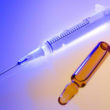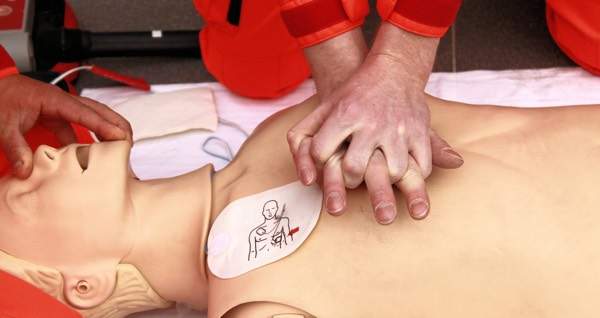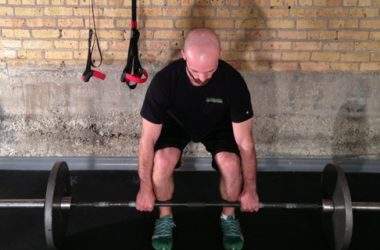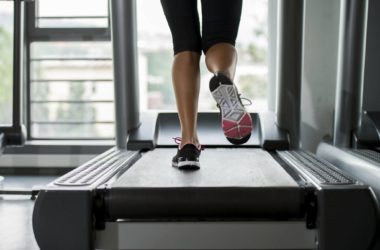Cardiopulmonary resuscitation or CPR is a lifesaving skill, a technique that is very vital in any kind of emergency like heart attack and near drowning.
As per the American Heart Association (via Mayo Clinic), everyone, including untrained bystanders and health allied personnel, should be able to begin CPR with chest compressions. In the association’s perspective, it is better to do something than to do nothing and watch, due to lack of knowledge and skills like cardiopulmonary resuscitation.
According to the Highlights of the 2015 American Heart Association Guidelines Update for CPR and ECC, the algorithm for BLS healthcare provider for adults starts with verifying the scene safely. The rescuer shouts for nearby help if the victim is unresponsive and the emergency response system is activated via mobile device, if appropriate. Then, the AED and department equipment is obtained; someone is sent to do so.
After activating emergency response system, the rescuer checks the victim for breathing and presence of pulse for at least ten seconds. If normal breathing and pulse are present, the rescuer monitors the victim until the arrival of emergency responders. If breathing and pulse are absent, the rescuer provides rescue breathing, one breath every 5 to 6 seconds or about 10 to 12 breaths per minute. Emergency response activation is done after two minutes if it had not been already done. Rescue breathing is continued and pulse is checked every two minutes; cardiopulmonary resuscitation is started if there is no pulse.
In doing cardiopulmonary resuscitation, the rescuer performs 30 compressions and two breaths and AED is used as soon as it is available. When the AED arrives, the rhythm is then checked if it is shockable or nonshockable. For shockable rhythm, one shock is given and CPR is resumed immediately for about two minutes until the AED prompts to allow rhythm check. The procedure is then repeated until ALS providers take over of when the victim starts to move. If the rhythm is nonshockable, CPR is resumed immediately for about two minutes until prompted by the AED to allow rhythm check.
For the untrained bystanders, hands-only CPR should be done to the victim. This refers to uninterrupted chest compressions of about 100 per minute until the arrival of paramedics. It is advised that trained individuals who are confident with their ability should begin with 30 chest compressions prior to checking the airway and providing rescue breathing. For trained people who are not that confident with their abilities, they can just do chest compressions with a rate of 100 per minute.
The 2015 CPR Guidelines also follows the CAB format, which deviates from the ABC format in 2005. ABC is an acronym that stands for airway, breathing, and circulation, and they dictate the procedures a person should do in performing cardiopulmonary resuscitation.
Compressions restore blood circulation. The person is put on his or her back on a firm surface and the rescuer kneels next to the victim’s neck and shoulders. The heel of one hand is placed over the center of the victim’s chest, between the nipples. Then, the other hand is placed on top of the first hand. The rescuer’s elbow is kept straight and the shoulders directly above the hands. Compressions should be at least two inches or approximately five centimeters and the rate is 100 per minute. They are continued until signs of movement are present or until the emergency medical personnel take over.
The airway is opened using the head-tilt chin-lift maneuver. This is done by putting the palm on the person’s forehead and the head is gently tilted backwards. Using the other hand, the chin is gently lifted forward to open the airway.
Breathing is also checked for five to ten seconds, along with the rise and fall of the chest. Mouth-to-mouth breathing is done if the person’s breathing is abnormal. The rescuer does this by pinching the victim’s nostrils shut and covering the victim’s mouth with his mouth. Two rescue breaths are given, with the first breath lasting one second to check if the chest rises. If the chest does not rise, the second breath is given. If the chest does not rise, the head-tilt chin-lift maneuver is repeated and the second breath is given. CPR is continued until there are signs of movement or until emergency medical personnel take over.
With the updated cardiopulmonary resuscitation guidelines from the American Heart Association, people can now save more lives. It should also noted that doing something makes a significant difference than doing nothing












